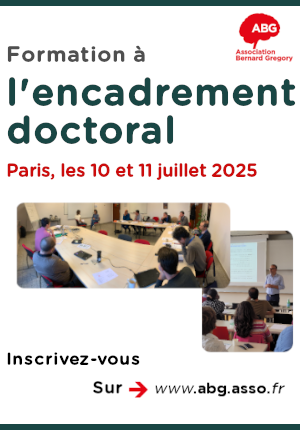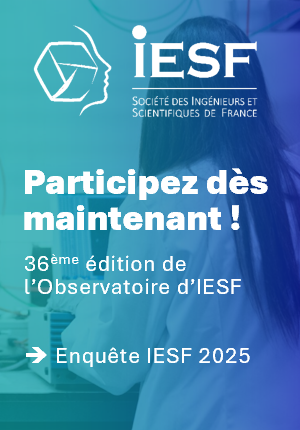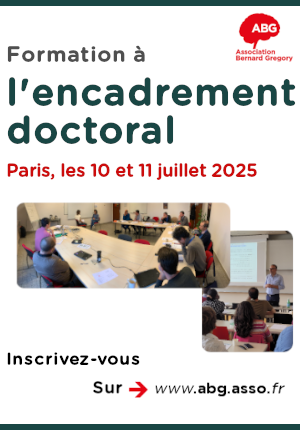Structures, Properties, and Reactivities of Main Group Complexes with Redox-Active Ligands: A Theoretical Study.
| ABG-131132 | Sujet de Thèse | |
| 16/04/2025 | Financement public/privé |
- Chimie
Description du sujet
Redox-active ligands (often qualified as “non-innocent” ligands), which act as electron reservoirs capable of donating or accepting one or more electrons, are widely used in catalysis with transition metal complexes. This electronic versatility provides a powerful approach to extend the electronic flexibility of the central element, enabling a broader range of reactions involving multiple oxidation states and diverse coordination environments. In this context, the use of non-innocent ligands can also be extended to p-block elements, offering a promising and increasingly explored alternative to conventional transition metal-based catalysts, due to their distinct modes of reactivity.
This PhD project aims to investigate the structures and properties of main group element complexes featuring redox-active ligands using quantum chemistry methods and chemical bonding analysis tools, particularly during reduction processes, in order to better understand the observed reactivities. The M–L or L–M–M–L systems of interest (where L is a redox-active ligand of the type X=C–C=Y, with X/Y = O, NR; and M is a main group element), whose reactivity is already known, will be investigated using methods for both open-shell systems (doublet, triplet, … states) and closed-shell systems (singlet state) taking account the environmental effects. Descriptors, such as the Lewis acidity of the metal center, the electrophilic/nucleophilic character of these systems, will be considered and correlated with their known reactivity. The reactivity of M-L or L-M-M-L may involve the ligand either directly or indirectly. Investigations of different reaction mechanisms will therefore be considered in order to rationalize the experimental results.
Prise de fonction :
Nature du financement
Précisions sur le financement
Présentation établissement et labo d'accueil
Laboratoire de Chimie Théorique UMR 7616 CNRS
Site web :
Intitulé du doctorat
Pays d'obtention du doctorat
Etablissement délivrant le doctorat
Ecole doctorale
Profil du candidat
We seek a highly motivated student to join our multidisciplinary research project at the interface of quantum chemistry and molecular chemistry. The successful candidate will conduct innovative computational studies with strong connections to experimental chemistry, requiring regular interaction with experimental collaborators.
The ideal applicant should be currently enrolled in a Master’s degree (or equivalent) in computational chemistry, physical chemistry, molecular chemistry or closely related fields. A solid background in molecular chemistry is expected and prior experience with quantum chemistry software (such as Gaussian) would be welcome but not mandatory.
Vous avez déjà un compte ?
Nouvel utilisateur ?
Vous souhaitez recevoir nos infolettres ?
Découvrez nos adhérents
 ONERA - The French Aerospace Lab
ONERA - The French Aerospace Lab  Groupe AFNOR - Association française de normalisation
Groupe AFNOR - Association française de normalisation  Institut Sup'biotech de Paris
Institut Sup'biotech de Paris  MabDesign
MabDesign  ASNR - Autorité de sûreté nucléaire et de radioprotection - Siège
ASNR - Autorité de sûreté nucléaire et de radioprotection - Siège  Aérocentre, Pôle d'excellence régional
Aérocentre, Pôle d'excellence régional  CASDEN
CASDEN  TotalEnergies
TotalEnergies  SUEZ
SUEZ  CESI
CESI  Généthon
Généthon 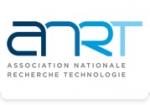 ANRT
ANRT 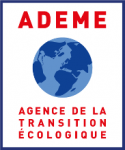 ADEME
ADEME  Ifremer
Ifremer  Laboratoire National de Métrologie et d'Essais - LNE
Laboratoire National de Métrologie et d'Essais - LNE  Tecknowmetrix
Tecknowmetrix 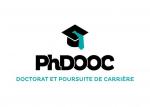 PhDOOC
PhDOOC  Nokia Bell Labs France
Nokia Bell Labs France  MabDesign
MabDesign

